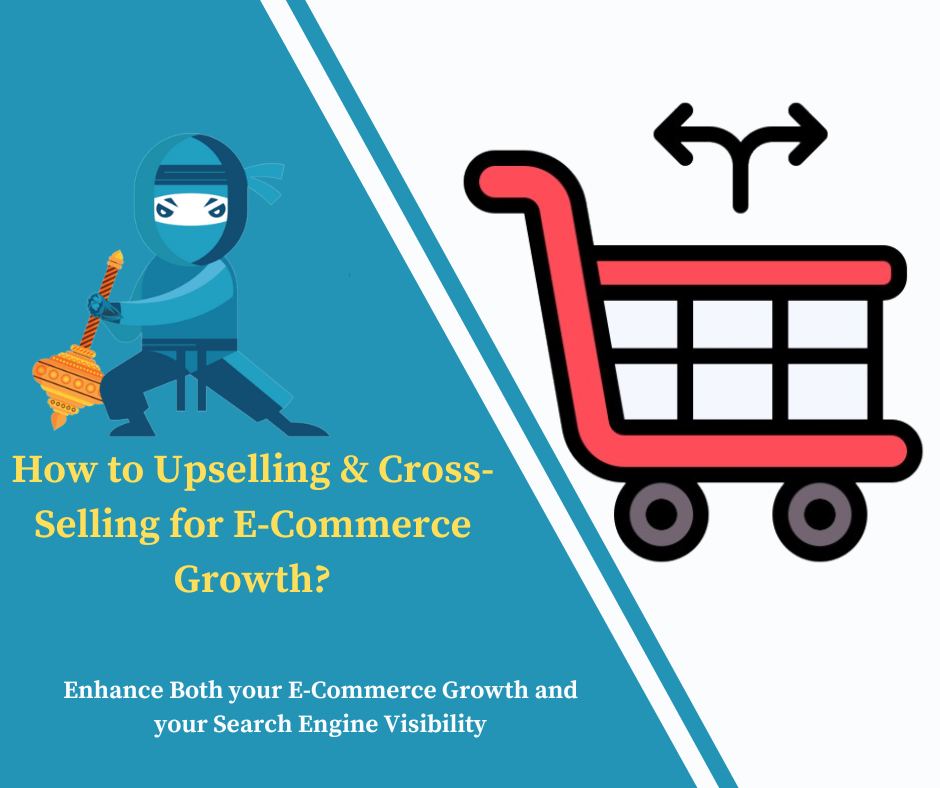10 Key Metrics to Track for Improved ROI

10 Key Metrics to Track for Improved ROI
In today’s competitive business environment, measuring the effectiveness of your investments is crucial for achieving sustainable growth and maximizing profitability. Improved ROI (Return on Investment) is a key indicator of how well your strategies are performing relative to their costs. By tracking specific key metrics, businesses can gain valuable insights into their operations, make data-driven decisions, and optimize their strategies for better outcomes. This article delves into the essential metrics you need to monitor to enhance your ROI and ensure that your investments yield the best possible returns.
Tracking key metrics is fundamental to understanding and improving ROI. Each metric provides unique insights into different aspects of your business performance, from customer acquisition and retention to sales and advertising effectiveness. Here are some of the most important metrics to track for improved ROI.
1. Customer Acquisition Cost (CAC)
Customer Acquisition Cost (CAC) is the total expense incurred to acquire a new customer, including marketing, sales, and other related costs.
Why It Matters: CAC helps assess the efficiency of your marketing and sales efforts. By comparing CAC with the customer’s lifetime value (CLV), you can determine whether your acquisition costs are justifiable and if you’re achieving improved ROI.
How to Track:
Calculate the total cost of acquiring customers during a specific period.
Divide this by the number of new customers acquired during the same period.
Also read: ROI Optimization: Proven Techniques for Better Business
2. Customer Lifetime Value (CLV)
Customer Lifetime Value (CLV) represents the total revenue a customer is expected to generate over their entire relationship with your business.
Why It Matters: CLV provides insight into the long-term value of your customers and helps evaluate whether your CAC is sustainable. A higher CLV indicates that your customers are valuable and contribute to improved ROI.
How to Track:
Calculate the average purchase value and frequency.
Multiply these by the average customer lifespan to determine CLV.
3. Conversion Rate
Conversion Rate measures the percentage of visitors or leads who complete a desired action, such as making a purchase or signing up for a service.
Why It Matters: Tracking conversion rates helps gauge the effectiveness of your marketing campaigns and sales strategies. A higher conversion rate indicates that your efforts are successful, contributing to improved ROI.
How to Track:
Divide the number of conversions by the total number of visitors or leads.
Multiply the result by 100 to get the percentage.
4. Return on Ad Spend (ROAS)
Return on Ad Spend (ROAS) measures the revenue generated for each dollar spent on advertising.
Why It Matters: ROAS helps assess the effectiveness of your advertising campaigns. By tracking this metric, you can determine which ads are driving revenue and optimize your ad spend for improved ROI.
How to Track:
Divide the total revenue generated from ads by the total amount spent on those ads.
5. Net Profit Margin
Net Profit Margin represents the percentage of revenue remaining after all expenses, taxes, and costs have been deducted.
Why It Matters: This metric reflects your overall profitability and efficiency in managing costs. A higher net profit margin indicates that more of your revenue is turning into profit, which contributes to improved ROI.
How to Track:
Subtract total expenses from total revenue.
Divide the result by total revenue.
Multiply by 100 to get the percentage.
6. Return on Investment (ROI) for Specific Campaigns
ROI for Specific Campaigns measures the return generated from individual marketing or sales campaigns.
Why It Matters: Tracking ROI for specific campaigns helps identify which strategies are delivering the best results and which need improvement. This insight allows you to allocate resources more effectively for improved ROI.
How to Track:
Calculate the revenue generated by a campaign.
Subtract the cost of the campaign from this revenue.
Divide by the cost of the campaign and multiply by 100 to get the percentage.
7. Churn Rate
Churn Rate measures the percentage of customers who stop using your product or service during a specific period.
Why It Matters: A high churn rate can negatively impact ROI by reducing the customer base and future revenue. Monitoring churn rate helps identify issues in customer satisfaction and retention.
How to Track:
Divide the number of customers lost during a period by the total number of customers at the beginning of the period.
Multiply by 100 to get the percentage.
8. Average Order Value (AOV)
Average Order Value (AOV) measures the average amount spent by customers per transaction.
Why It Matters: Increasing AOV can significantly enhance revenue and ROI. By analyzing AOV, you can implement strategies to encourage customers to spend more per purchase.
How to Track:
Divide the total revenue by the number of orders over a specific period.
9. Sales Growth Rate
Sales Growth Rate measures the rate at which your sales revenue is increasing or decreasing over time.
Why It Matters: A positive sales growth rate indicates that your business is expanding, which is essential for improving ROI. Tracking this metric helps evaluate the effectiveness of your sales strategies and market conditions.
How to Track:
Subtract the previous period’s sales from the current period’s sales.
Divide the result by the previous period’s sales.
Multiply by 100 to get the percentage.
10. Customer Retention Rate
Customer Retention Rate measures the percentage of customers who continue to do business with you over a specific period.
Why It Matters: High customer retention rates are crucial for long-term success and improved ROI. Retaining customers is generally less expensive than acquiring new ones, contributing to higher profitability.
How to Track:
Divide the number of customers retained during a period by the number of customers at the start of the period.
Multiply by 100 to get the percentage.
FAQ
How do I calculate ROI for my business?
To calculate ROI, subtract the cost of your investment from the revenue generated by that investment. Then divide this number by the cost of the investment and multiply by 100 to get the percentage. The formula is: (Revenue−Investment Cost)/Investment Cost×100(\text{Revenue} – \text{Investment Cost}) / \text{Investment Cost} \times 100
How often should I track these metrics?
The frequency of tracking depends on the metric and your business goals. For instance, CAC, CLV, and churn rates might be reviewed quarterly, while conversion rates and ROAS could be monitored monthly or even weekly to stay agile.
What can I do if my CAC is too high?
If CAC is high, consider optimizing your marketing strategies, targeting more precisely, improving your sales process, and testing different channels. Reducing CAC can significantly enhance your ROI.
How can I improve my CLV?
To improve CLV, focus on increasing customer satisfaction, providing exceptional service, and offering loyalty programs or upsell opportunities. Building strong customer relationships can lead to higher retention and increased revenue.
Why is monitoring the churn rate important?
Monitoring the churn rate is crucial because a high churn rate can reduce your customer base and future revenue. Addressing the causes of churn can help improve customer satisfaction, retention, and overall ROI.
Conclusion
Tracking the right metrics is essential for achieving improved ROI (Return on Investment) and driving business success. By focusing on the ten key metrics outlined—Customer Acquisition Cost (CAC), Customer Lifetime Value (CLV), Conversion Rate, Return on Ad Spend (ROAS), Net Profit Margin, ROI for Specific Campaigns, Churn Rate, Average Order Value (AOV), Sales Growth Rate, and Customer Retention Rate—you can gain a comprehensive view of your business performance.



